MixPanel Tag Verification
Ad Hoc / Manual Validation
Ad hoc validation of clickstream analytics solutions such Google or Adobe Analytics can be performed with the help of a wide range of utilities. Some options include proxy tools such as Fiddler or Charles, an assortment of browser extensions, with the built-in browser Developer Tools being the most easily accessible option. Taking Google Chrome Dev Tools as one example, manual validation would normally involve the following steps:
1. Open your browser and navigate to the Network tab inside Dev Tools:
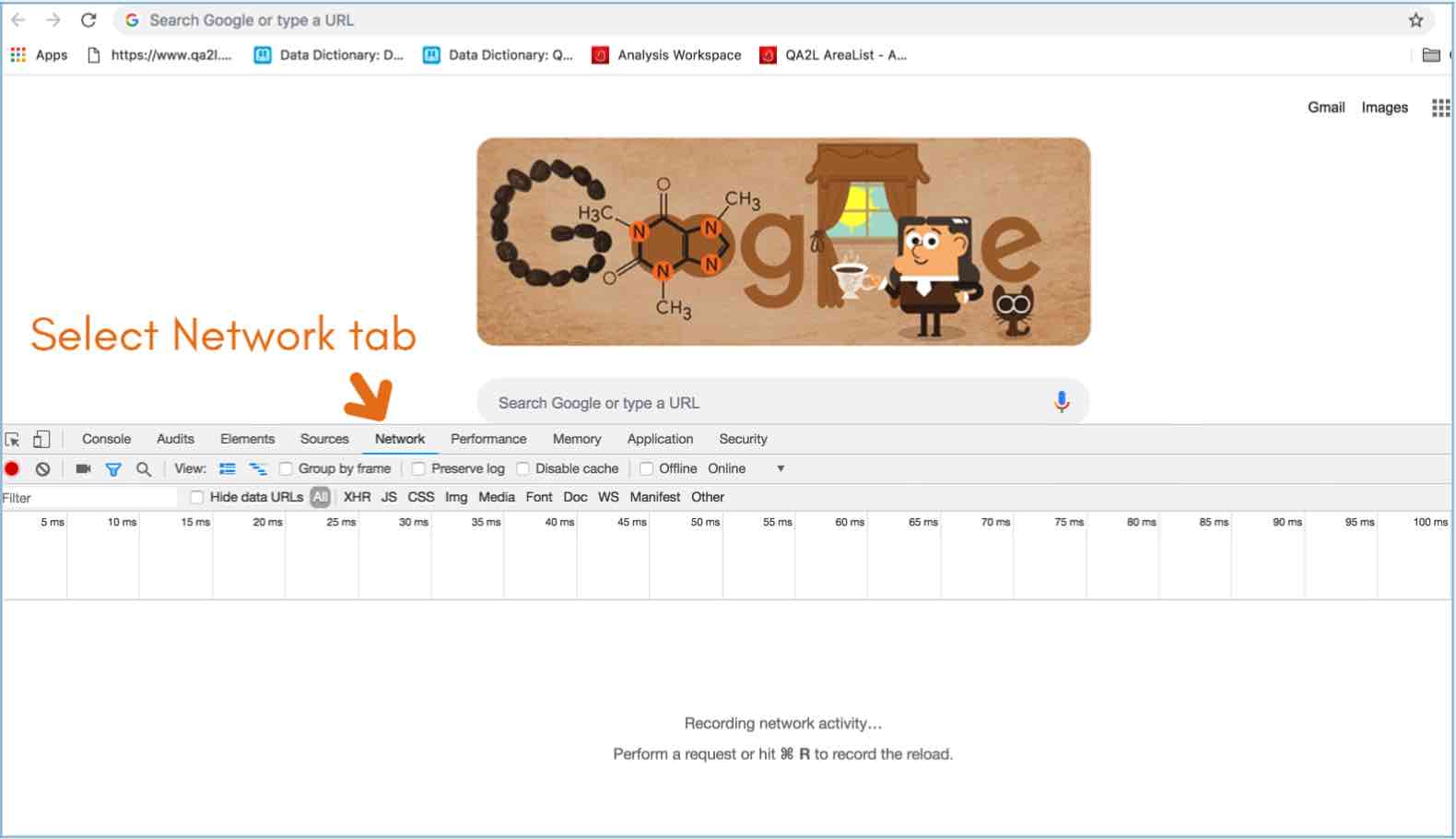
2. Load the page of interest and filter the list of request in the network tab. Commonly used filters include "b/ss" for Adobe Analytics requests or "google" for Google Analytics. Selecting the individual HTTP requests allows you to inspect query parameters, request and response headers, as well as any cookies that may be relevant to your validation task.
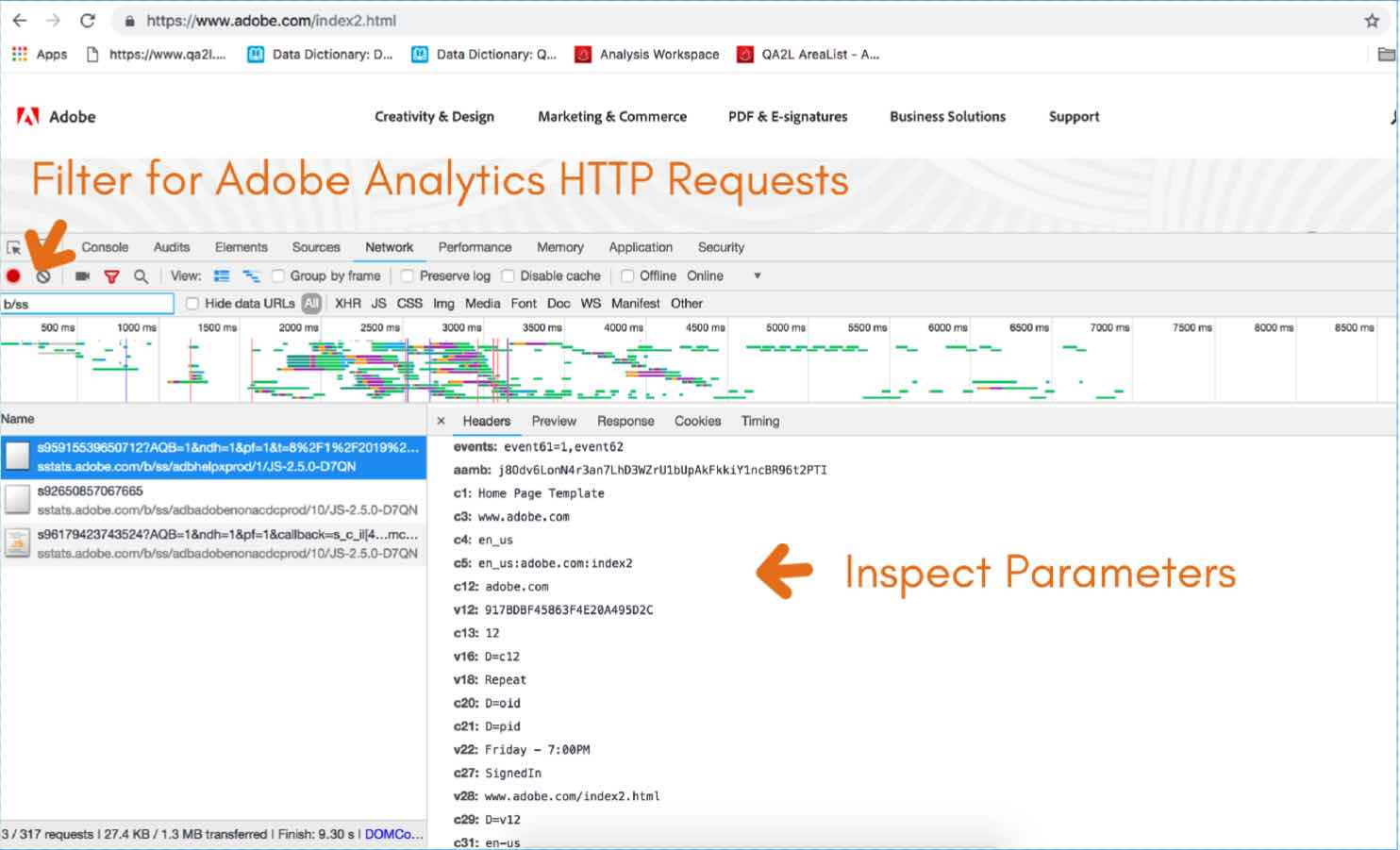
3. More advanced capabilities allow you to examine the cookie and local storage, or to persist the log of network requests in cases where you need to examine tracking calls issued on actions that lead to page reloads.
Once you get the hang of it, the process is fairly straightforward, and allows you to drill down to the most granular level and find each & every query parameter that should get sent to the analytics platform.
However, for some tracking solutions, one of which being MixPanel, when inspecting the request data you will find that it is encoded:
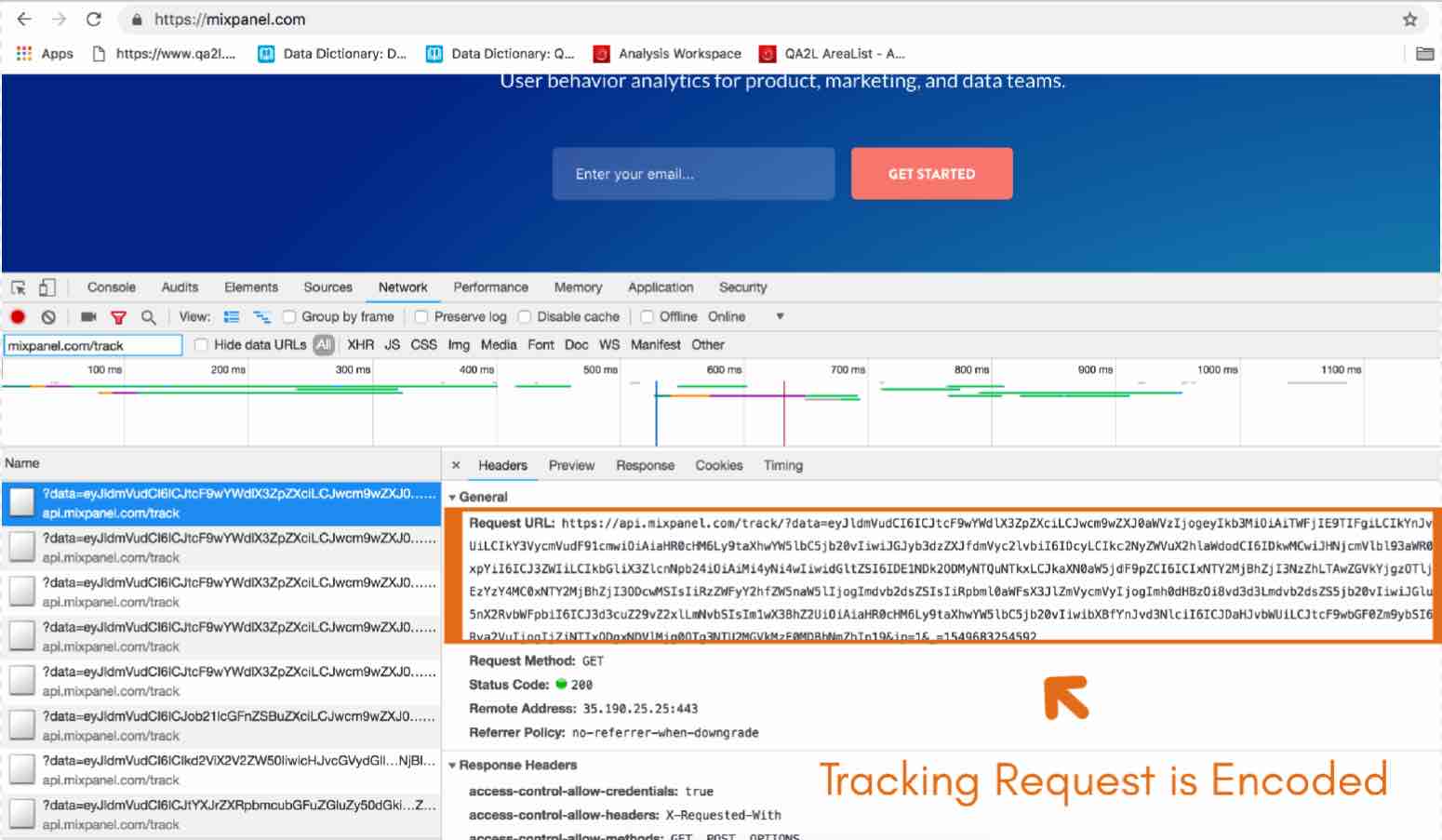
This adds a step to your task because in order to perform any validation it is necessary to decode the string. One way of decoding it is through free online tools such as www.base64decode.org. On this website, you can paste the encoded string and receive the decoded JSON object:
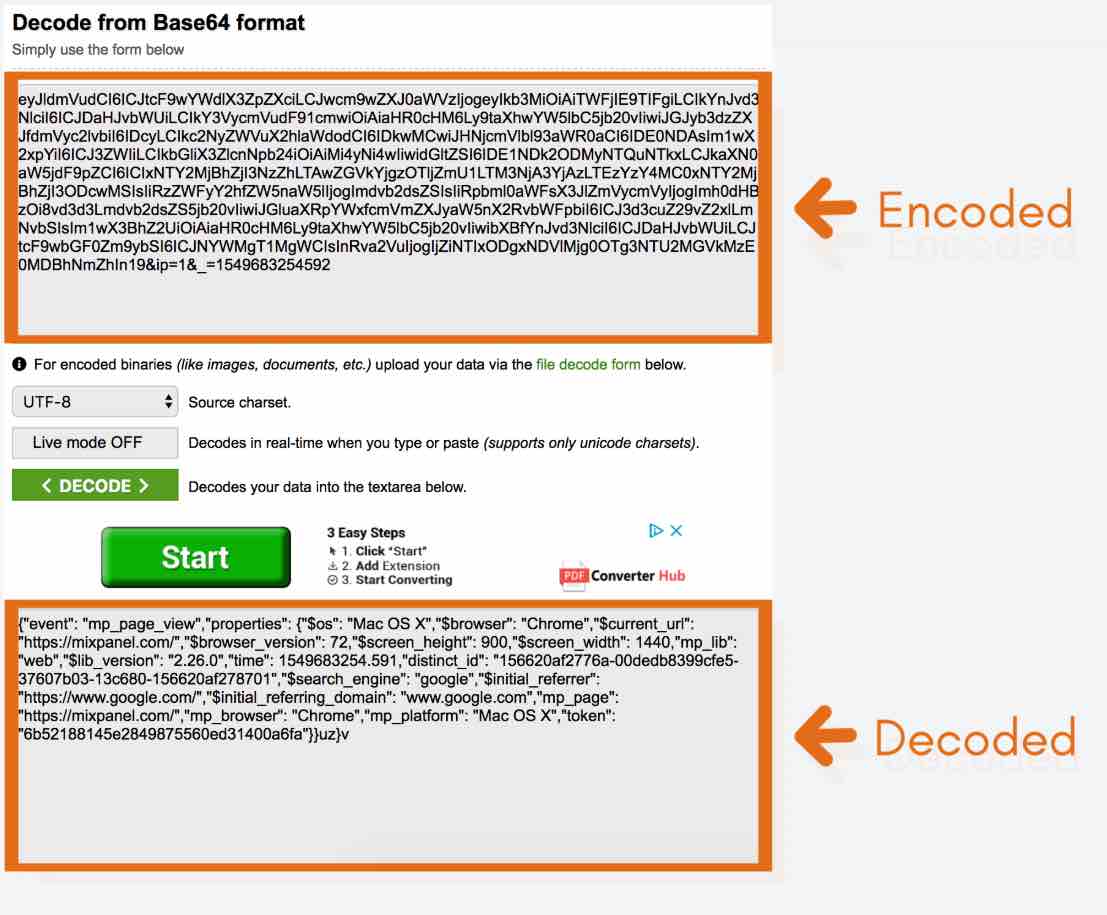
The manual song and dance may work fine if you need to validate a handful of journeys or parameters once in a blue moon but the approach has a number of drawbacks:
- The validation process adds an extra set of steps and becomes more complicated.
- While readable, the individual parameters are still buried inside a JSON object. You may want to beautify the object in order to be able to examine the tags in a more user-friendly way using a tool like https://codebeautify.org/jsonviewer:
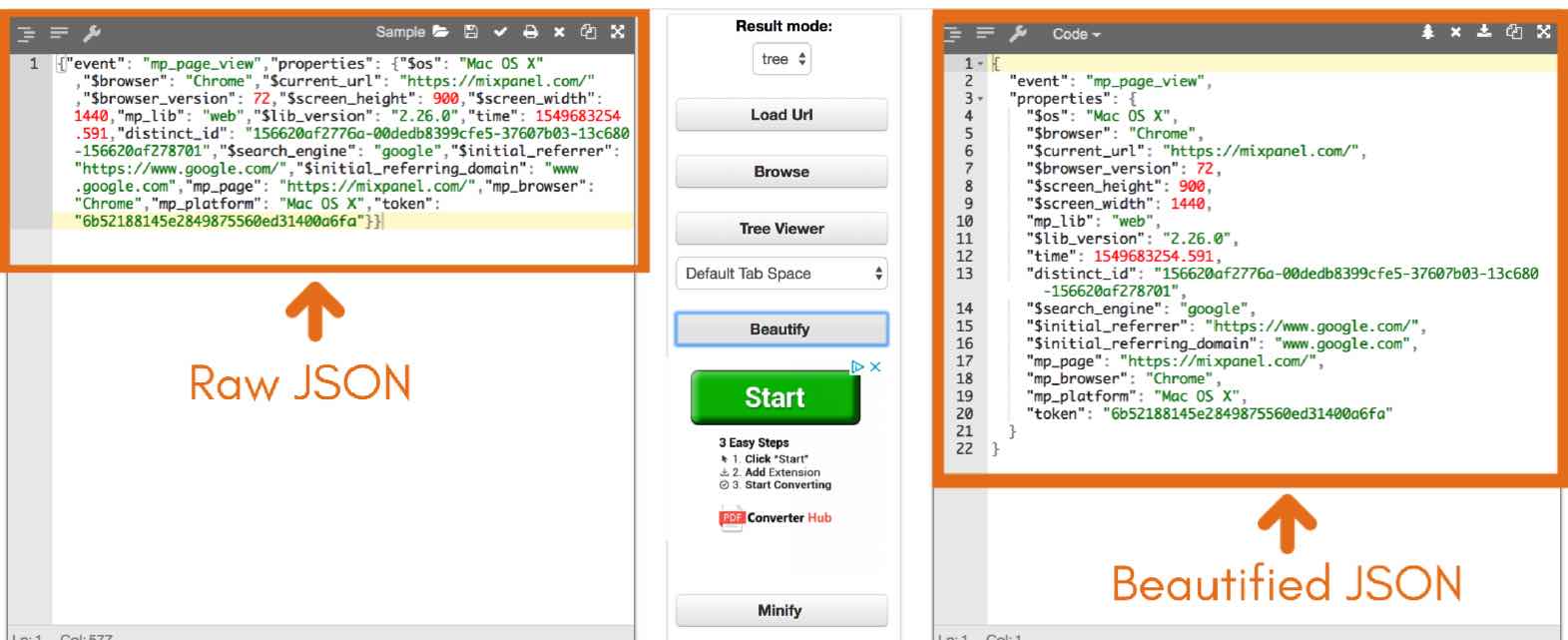
- If you are dealing with multiple requests per page (not uncommon in solutions like MixPanel) you may have to do this a dozen+ times per step.
- If your organization is conscious about data quality and this validation needs to be performed on an ongoing basis, you have to dedicate a resource, and this resource may be you.
Bottom line: Manual validation of large numbers of tags is time-consuming, prone to human error, and ineffective.
The QA2L Approach
Built on the latest cloud technologies, with a unique “no coding required” interface, QA2L allows you to streamline the tag validation process of any tracking beacon (including Base64-encoded HTTP requests). Through QA2L you can intuitively build rules for your tags and automatically receive alerts whenever an anomaly is detected across your key site journeys. We streamline & automate your validation needs through:
1. Intuitive tag detection and verification.
When you load a page or record any interaction within our Design interface, MixPanel and any other common vendor tags are automatically detected, Base64-decoded, and made available in a user friendly format. Here is a snapshot of the same request we saw earlier:
2. A comprehensive set of operators allows you to set even the most advanced validation rules, not just simple string matches and widcards, but also RegEx, combined parameter checking, occurrence counts:
3. The checks can be enabled across your key site journeys, allowing you to ensure the data you capture correctly reflects your Key Performance Indicators.
4. The tasks you build can be easily scheduled to run autonomously, alerting you only when anomalies are discovered via email, Slack, or Microsoft Teams. Task results can be fed into Adobe Analytics and Google Analytics as well as pulled into Google Sheets.
5. Our powerful API lets you integrate analytics QA automation into your continuous development cycle, ensuring that tracking defects never leak into production.
If you are excited to see the whole process in action:
Request a Demo
Tags: Product News